News
pseudolarix seeds
Pine is a species of pine in the Pinaceae family. Another name is Golden pine (Hangzhou), water tree (Huzhou, Zhejiang). The leaves are striped, flat and soft, spiral scattered on the long branches, 15 ~ 30 clusters on the short branches, radiate flat to the four sides, and turn golden after autumn, round like copper money, hence the name.
The earliest fossils of pine are found in the Late Cretaceous strata of eastern and western Siberia, and also in Spitsbergen, Europe, central Asia, western United States, northeastern China and Japan during the Paleocene to Pliocene periods. Due to the change of climate, especially the coming of the great Ice age of Pleistocene, the pine became extinct everywhere. It survived only in a few areas of the middle and lower Yangtze River in China. Because the distribution is sporadic, the individual is rare, the fruit has obvious intermittency, and needs to be protected.
The wood texture is straight, the hardness is moderate, the material is slightly coarse, and the sex is brittle. Can be used as building, plate, furniture, utensils and wood fiber industrial raw materials; The bark extract, medicine (commonly known as soil park skin) help cure dense tinea and dyspepsia; The root bark can also be used for medicinal purposes, and can also be used as papermaking gum. Seeds can be extracted for oil.
Morphological characteristics
Trees, up to 40 m tall, diameter 1.7 m; The trunk is straight, the bark is rough, grayish brown, broken into irregular scaly pieces; The branches are flat and the crown is wide and tower-shaped; The annual long branches are light reddish brown or light reddish yellow, hairless and glossy, the second and third year old branches are light yellowish gray or light brownish gray, rare lavender brown, and the old and short branches are gray, dark gray or light brownish gray; The short rectangular branches grow very slowly, and the leaf pillows are dense into links. Leaves are striped, soft, sickle or straight, slightly broad upper, 2 to 5.5 cm long, 1.5 to 4 mm wide (young trees and spindles up to 7 cm wide, 5 mm wide), apex sharp or pointed, green above, slightly distinct midvein, blue green below, distinct midvein, with 5 to 14 stomata lines on each side, and stomata bands are wider or nearly equal width than midvein bands; Long branches of the leaves radiate out, short branches of the leaves clustered densely, flat into a disc shape, after the autumn leaves are golden.
Male corules yellow, cylindrical, pendulous, 5-8 mm long, pedicels 4-7 mm long; The female bulb is purplish-red, erect, oval, about 1.3 cm long, short peduncle.
Cones oval or obovate, 6 ~ 7.5 cm long, 4 ~ 5 cm diameter, green or yellowish-green before ripening, reddish brown at ripening, short peduncle; The central scales are ovate-lanceolate, 2.8 ~ 3.5 cm long, 1.7 cm wide at the base, bilaterally auricular, blunt and concave at the apex, longitudinal-ridge convex between the wing marks on the ventral surface, densely pubescent on the ridge, and the dorsal scales are smooth and glabrous; The bracts are about 1/4 to 1/3 as long as the species scales, ovate-lanceolate with fine teeth; The seeds are oval, white, about 6 mm long, triangular-lanceolate, light yellow or light brownish yellow, shiny above, and almost as long as the seed scales. Flowering in April, the cones mature in October.
Growth habit
It is scattered in conifers and broad-leaved trees at an altitude of 100-1500 meters. It grows fast and prefers to live in warm, rainy, deep soil layer, fertile and well-drained acidic soil mountain area.
Qian Qian pine likes light, is slightly resistant to shade at the beginning, and needs light to enhance later. The average annual temperature is 15.0 to 18.0 degrees Celsius, and the absolute minimum temperature is less than minus 10 degrees Celsius. The resistance of pine to fire damage is strong.
Propagation method
Propagation by cutting or sowing. Seed selection should be more than 20 years old and vigorous growth of the mother tree. When the cones are not fully mature, they should be harvested early. If the seeds are harvested late, half of the seeds fall off with the seed scales. Nursery soil should be inoculated with mycorrhiza. Transplantation should be carried out before germination, and attention should be paid to protection and multiple mycorrhiza. Pine is a mycorrhizal tree, which should be sown in the forest. Or cover the seedbed with mycorrhizal soil, and the nursery land is suitable for continuous cropping. Annual seedlings are 15-20 cm high, generally stay in bed for two years, and afforestation with three-year seedlings. Seed harvest years, the implementation of live afforestation or artificial promotion of natural renewal, is also easy to succeed. The survival rate of cuttings of young trees less than 10 years old can reach 70%.
cutting
Pinus chinensis is a deciduous tree, its propagation technology is mainly cutting, but also can be sown. Cutting is carried out in spring or autumn, especially in early spring, the survival rate of cutting is higher, generally up to 85%. Before sprouting in spring, combined with pruning, cut the branches 10 to 12 cm, its tip has 3 to 5 full buds is good. Put the cuttings directly into the seedbed, the depth of the soil is 6 to 8 cm, the spacing of the plants and rows is 5×10 cm, and pay attention to shade to prevent the soil from being too wet. After insertion, pour water, with 50 cm high plastic film bowshed cover on the bed, keep the seedling bed wet, and then set up 1.8 meters high shade shed on the bowshed, the material with double sunshade net, in order to circulate air, reduce the occurrence of pests and diseases. After rooting, remove the sunshade net layer by layer, gradually increase the light of the seedling bed, and finally retain the thin film bow-shed for wintering. In the spring of the following year, seedlings should be transplanted with more soil, and it is easy to survive. The planting season should be carried out from the winter leaves to the next spring before germination. Pine like light, should be sparse planting. After planting, the root soil is loosened 2 to 3 times a year, and pruning is not appropriate when tending.
sow
The results of the pine are obvious, generally separated by 3 to 5 years, and some even 7 years to produce once. The seeds in the cones of young trees are mostly empty, and the mother trees that have been growing vigorously for more than 20 years should be selected for seed selection. Seeds are harvested in October to November, and cooked after being spread indoors, and net seeds can be obtained from 8 to 12 kilograms per 100 kilograms of cones. The germination rate of the seed is generally above 60%. The seedling field should be mixed with the soil under the pine forest first, so that the mycorrhiza can be brought in. From early February to early March, the seeds were immersed in 40cc warm water (naturally cooled) for one day and night before sowing, and the sowing amount was 12 kg per mu. After sowing, cover with soil with mycorrhizal, with no seeds as the degree, cover with straw or other mulch, usually 20 days after germination unearthed, should be uncovered in time. A semi-shade environment is needed at seedling stage, and Bordeaux liquid can be sprayed on sunny days to prevent disease. Water and fertilizer management should be frequent because of the intolerant drought in seedling stage. Around September, into the vigorous growth period, but also to strengthen management, to promote rapid growth. Under normal management, the seedling height of the year can reach 10 ~ 15 cm, and the bed can be left for a year, which is used for the transplantation and cultivation of suburban greening. Because of the symbiotic relationship between pine and mycorrhiza, it is necessary to mix mycorrhiza soil in the new area for breeding and cultivation.
In spring, pine trees are planted before leaf buds sprout, and in autumn and winter, after leaves fall. Medium and small seedlings should be transplanted with more soil, and large seedlings should be dug up with mud balls.
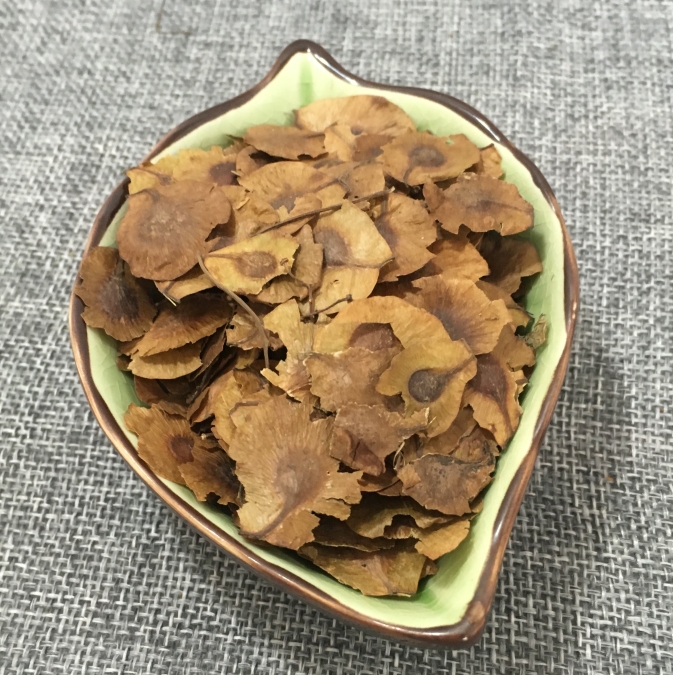
Breeding method of Pinus chinensis
1, Pine is a mycorrhizal tree species, planting soil must have mycorrhiza, matrix can be leaf soil, garden soil, peat soil, perlite or coarse sand and other materials preparation. The soil should be deep and the trees rich.
2. Seed propagation is carried out in February-March. First, the seed sand is hidden and soaked in warm water for one night before sowing. Propagation of cuttings takes place in the spring. Choose strong branches from 10-year-old trees, and take 12-15 cm branches for cuttings.
3, Qian Qian pine is not drought resistant, watering to be diligent. Keep the soil moist frequently to prevent it from drying out. However, do not collect water, or there will be a threat of rotting roots. Pay attention to drainage on rainy days, and water less after falling leaves are dormant in winter.
4, pine love light, in the seedling period to appropriate shade. Avoid direct sunlight in summer. Do good ventilation work.
5, the growth period should be added once a month to nitrogen-based fertilizer, to promote the robust growth of branches and leaves. It is not suitable to apply alkaline fertilizer, and adding a small amount of ferrous sulfate when fertilizing is conducive to the healthy growth of plants. Fertilization should be stopped during the rainy season, high temperature in summer and dormancy in winter.
6, every 2 to 3 years to turn the pot, should be carried out before the spring bud after the autumn leaves.
If you have demands of this seeds, please contact me freely.
Categories
Contact Us
- +86-18055849900
- +86-18055849900
- admin@high-key.cn
- +86-18055849900
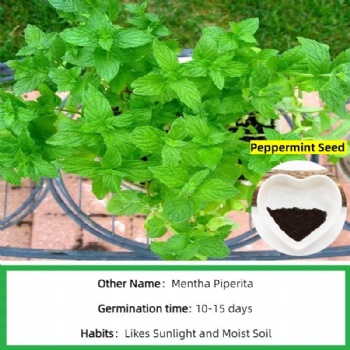
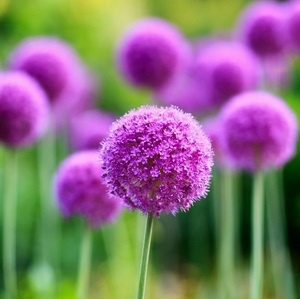
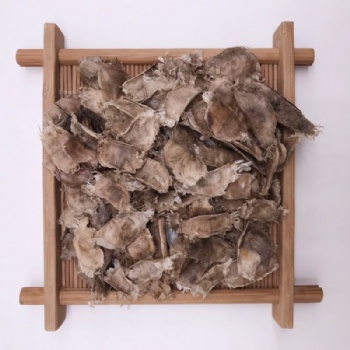
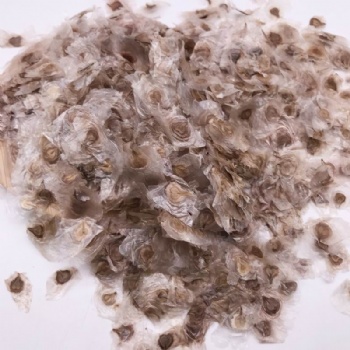
 售前客服
售前客服
